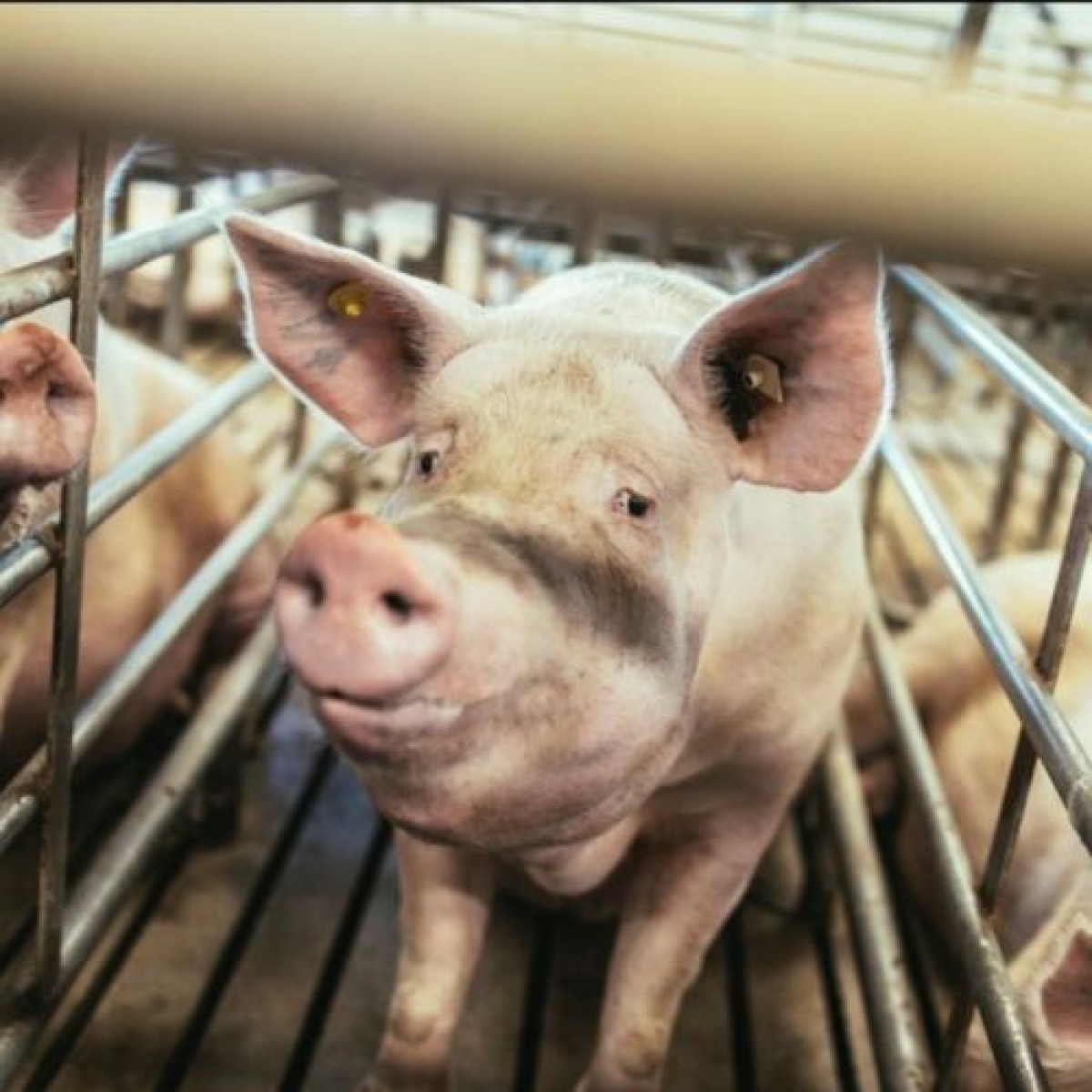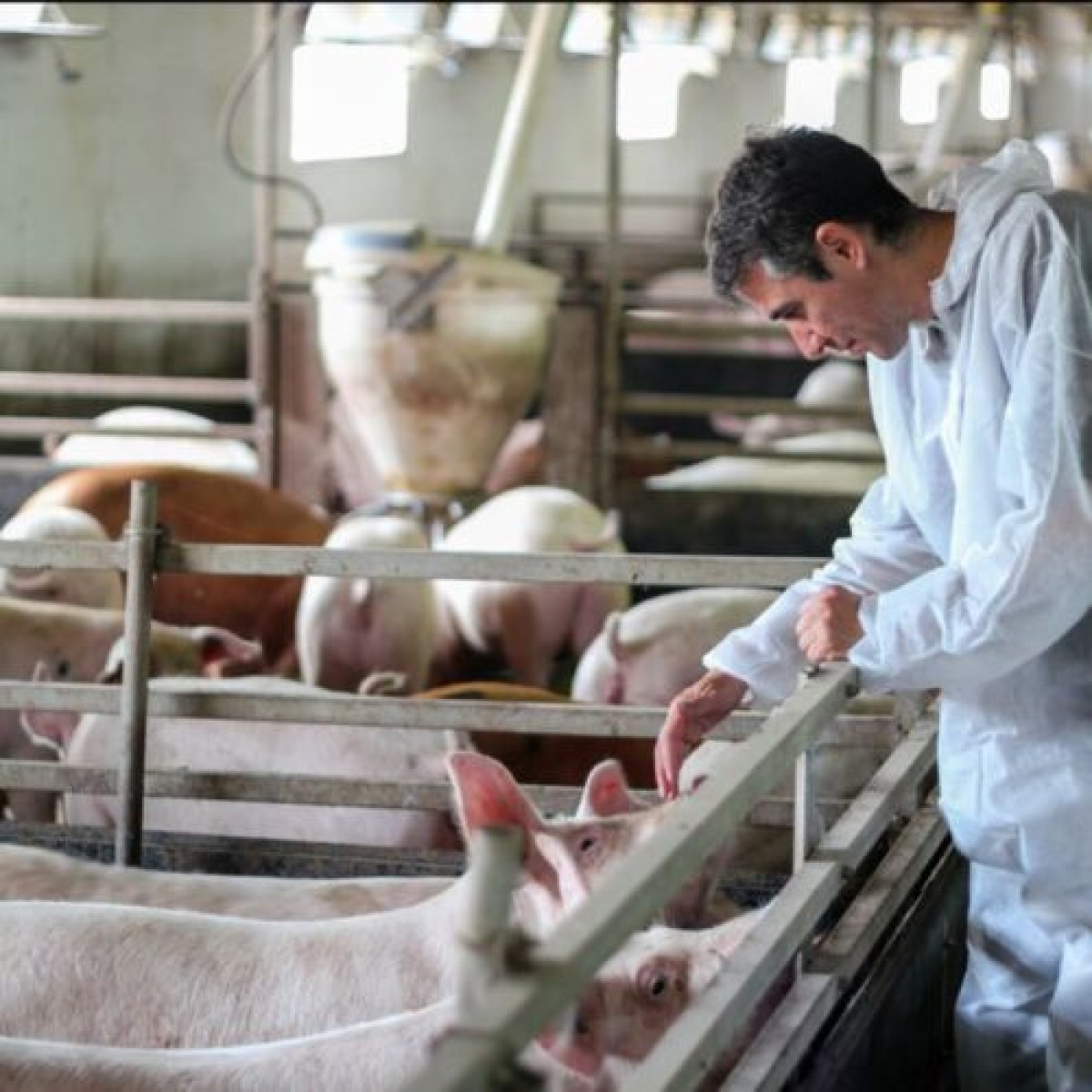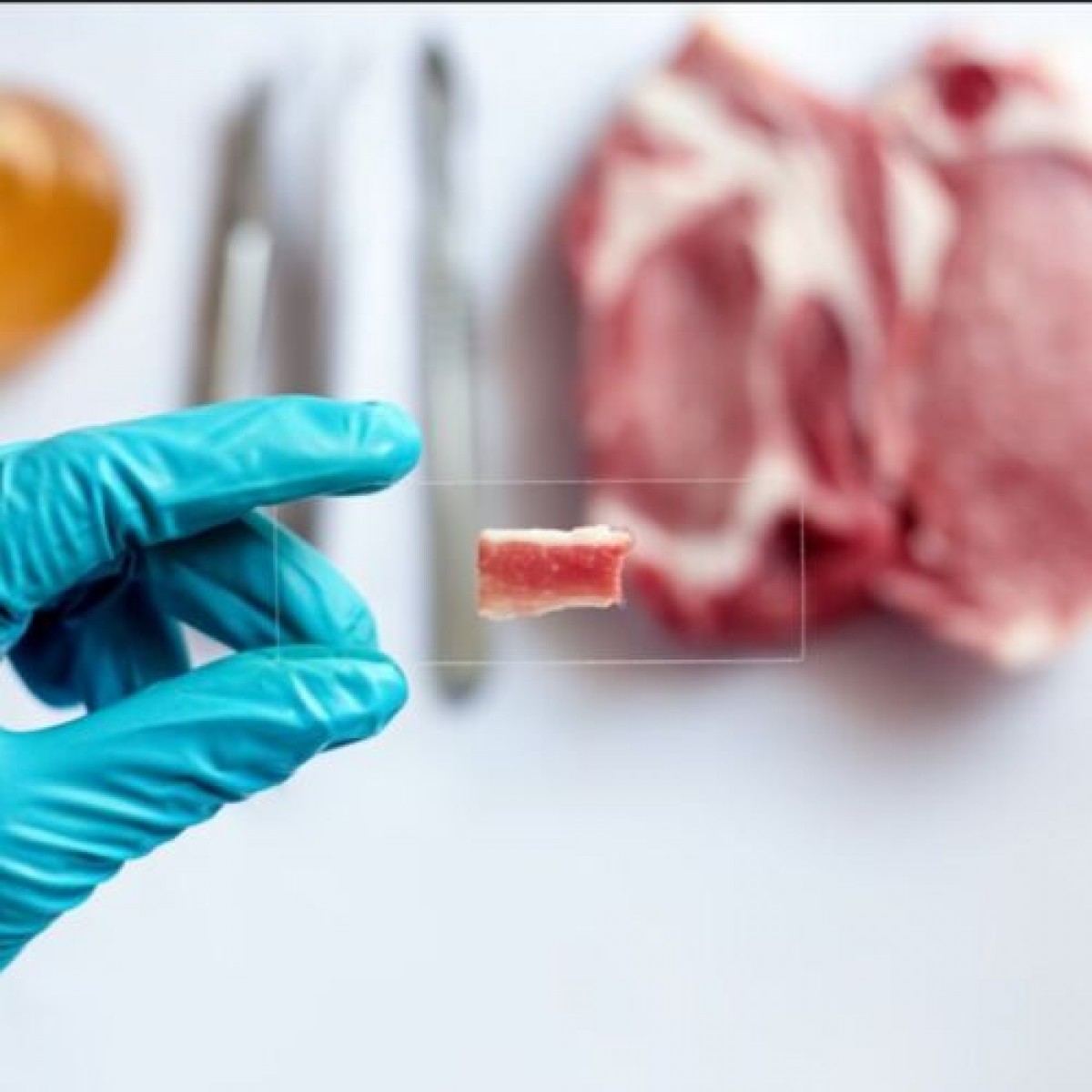Swine Antibiotic Resistance
by Jenny Alonge
Antimicrobial resistance (AMR) occurs when pathogens, such as bacteria, viruses, fungi, and parasites, adapt and become resistant to antimicrobial treatments. Bacterial resistance is currently the most problematic issue. The United States swine industry uses roughly the same amount of medically important antibiotics as in human medicine, resulting in increased antibiotic resistance to bacteria affecting pigs. This not only affects swine production, but also impacts human health, because resistant organisms are transferred through the food chain.
How does antibiotic resistance develop?
Bacteria can genetically mutate or attain a gene from an already resistant bacterium to develop resistance. These resistant bacteria pass on this ability to subsequent generations. Resistant bacteria can reproduce rapidly, since they have a selective advantage and face no competition from non-resistant bacteria. Antibiotic resistance can be accomplished in several ways:
- The bacteria can modify their metabolic pathways to avoid a drug’s effects.
- The bacteria can manufacture enzymes that break down the antimicrobial medication. An enzyme family called the Extended-Spectrum beta-Lactamases (ESBLs) inactivate penicillins and cephalosporins, and are most commonly produced by Escherichia coli and Klebsiella pathogens.
- The bacteria can modify the antibiotic binding site, preventing the drug from attacking the bacteria. This is the mechanism behind methicillin-resistant Staphylococcus aureus (MRSA) resistance.
- The bacteria can pump out the antibiotic, decreasing the drug’s efficacy. Tetracycline resistance is accomplished in this manner.
Using antimicrobial drugs in any treatment protocol can lead to resistance, but overusing antibiotics and not following dosing instructions has led to increased resistance. Stopping an antibiotic course too early, or using antibiotics at a subtherapeutic dose, also can promote resistance. Currently, antimicrobial resistance is occurring faster than new medicines are being produced, which is a concerning worldwide challenge as combating infection becomes more difficult.
How are antibiotics used in pigs?
In 2017, the Food and Drug Administration (FDA) banned using antibiotics to enhance growth rate and production performance in animals. Drugs once available over the counter can now be obtained only with a veterinary prescription. However, antibiotics are still used to accomplish two main goals in swine production.
- Prophylactic or metaphylactic treatment — Prophylactic treatment involves medicating a single animal to prevent illness rather than fight infection. Metaphylactic treatment is treating an entire herd or flock to prevent, rather than treat, infection. Antibiotics are administered through the pig’s feed to save time and money on large-scale commercial pig farms.
- Therapeutic treatment — Pigs affected by an infection are dosed individually, orally or by injection, using a wide range of antibiotics, including medically important antibiotics used in human medicine.
Concentrating more pigs on fewer farms has led to antibiotic misuse. Housing numerous pigs in close quarters increases their infection risk, so producers use metaphylactic treatments to attempt to mitigate these risks. However, viral infections, such as swine flu and porcine respiratory and reproductive syndrome, have recently become more prevalent. These viruses typically result in secondary bacterial infections, questioning the claim that metaphylactic treatment reduces disease occurrence.
What is the risk to human health?
Antibiotics abuse causes environmental pollution by contaminating manure, soil, and water. This practice also poses a risk to human health through food-borne antibiotic residues and selection for AMR. AMR can spread directly by contacting an antibiotic-resistant bacteria from swine, or indirectly by contacting resistant organisms that have been spread through food, water, and animal waste used to fertilize soil. Many antibiotic classes are used in swine production, as well as human medicine. Spreading AMR from overuse in the swine industry will result in fewer therapeutic options to treat human diseases, which could result in prolonged illness, disability, or death.


.png)











List
Add
Please enter a comment